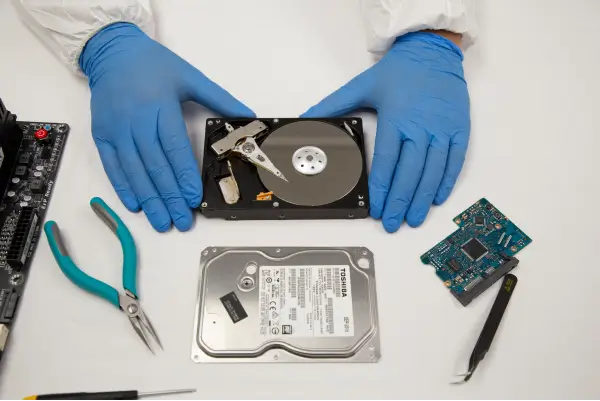The best way for a company to succeed in today’s world is to know what they are selling and to whom. To achieve this goal, they conduct a massive amount of research. This can include surveys, prototype testing, personally identifiable information (PII), and medical samples or tests. When you speak of research, it is near impossible not to mention data and how to properly store it.
Who Is Collecting Data?
The industries who collect data for research range from industries in physical and social sciences to the humanities and businesses. Anyone looking to gain insight into how their business operates or how their customers or patients can benefit will need to conduct research at some point. Depending on the setting, those who conduct the project include:
- A principal investigator
- Study nurse
- Core study team
- Students
- Trainees
Ensuring your staff and researchers are educated on how to properly store the information is the foundation for starting a successful research project.
Current Laws on Storing Data
The United States has no set data privacy laws and each state has adapted its own form of protection regulations. With the lack of set data protection laws, it is commonly up to each individual researcher or business to determine how research data should be stored. The U.S. Department of Health and Human Services along with the Office of Research Integrity states that there is no set amount of time that data must be stored, but in some cases, such as medical instances, the data must be kept for a minimum number of years.
There are also a number of people who can be considered part owners of the data including principal investigators, a funding agency, sponsorship institution, and of course the subject who lends their opinion or body for the good of the project. Setting boundaries as to who has ownership and access to the research is key to keeping personal information safe.
The recent General Data Protection Regulations (GDPR) have affected the storage of this information in a serious way. Some of the ways they have changed the rules for research retention in the European Union include:
- May allow for repurposing collected data for research and put control in the hands of the collector.
- Consent from a subject whose personal information was collected must be unambiguous.
- Archiving research for future studies should relate to the initial purpose for which the data was collected.
- In some cases, “pseudonymization” is encouraged when processing data so that the information cannot be linked directly to a person unless that is necessary for the project
Overall, these regulations are put in place to protect information so that it is only used for its proper purpose.
Benefits of Research and Keeping it Safe
Whether the research is qualitative, quantitative, scientific, or public health, there are benefits to the outcomes and ways to secure the information. The outcome could find a cure for a specific disease, promote business success, and serve as the basis of future projects. Storing data properly for these projects requires:
- Archival ability
- Fast speeds for smooth access
- Proper password protection
- A credible process when other researchers ask to see the data.
The best way to store your research is by using a secure storage solution. The SecureDrives have unique authentication through a PIN number or unlocking feature through an app on a mobile device. They have military-grade hardware encryption to keep information safe and limit access to only those who are necessary to the research project.













